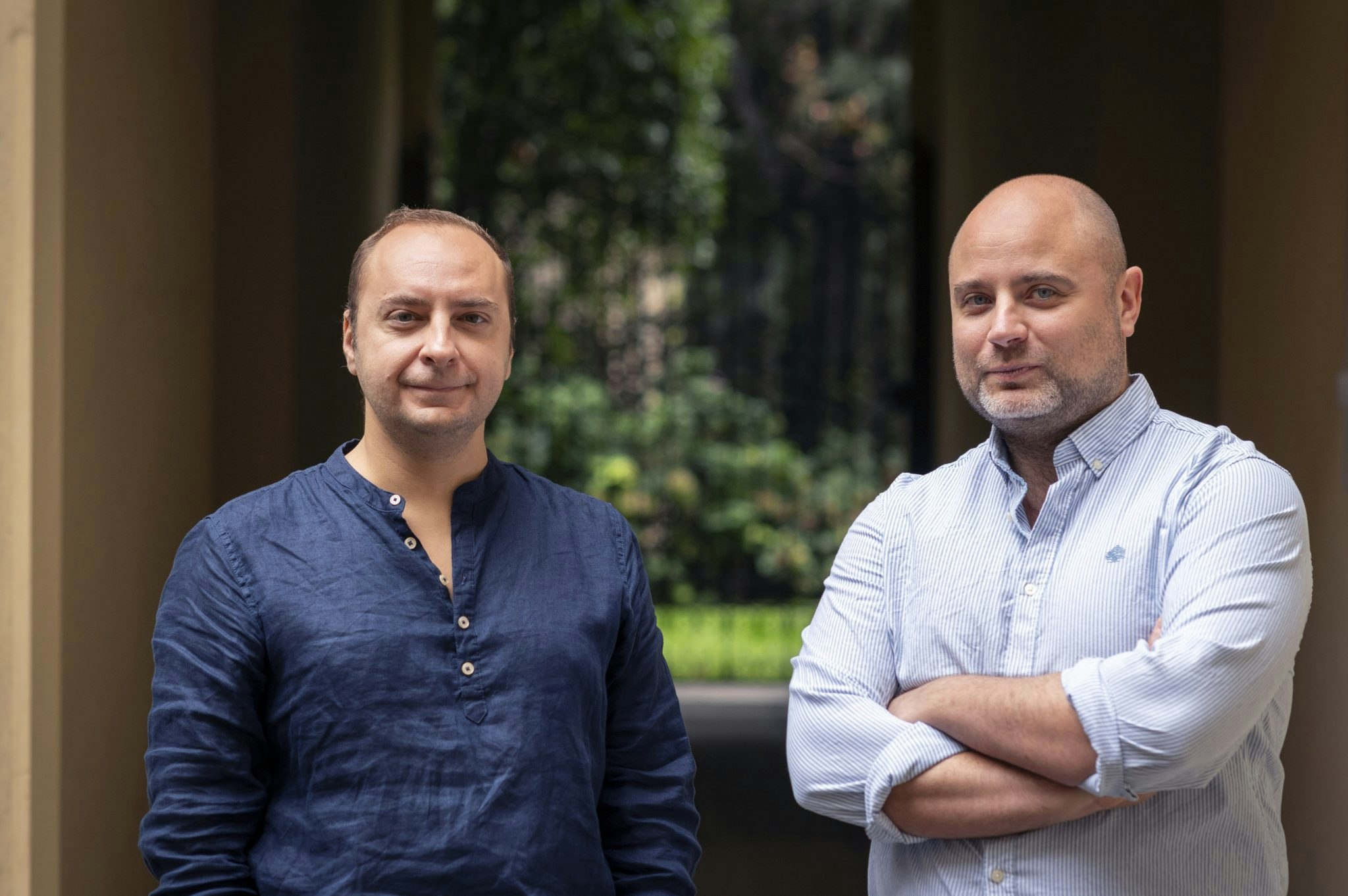This is an incredible time to be an entrepreneur. The venture capital industry is investing record amounts and it’s no coincidence that the five most valuable companies in the world started life as venture-backed startups.
Yet there’s a recurring story of founders turning away from the kind of funding that historically helped them get there. This is based partly on the premise that VCs too often pressure investments to grow at all costs, and in doing so, cause many to fail.
When this happens, society is deprived of potentially great businesses, and we all lose. It really matters that entrepreneurs fully understand what they are signing up to when they raise venture capital.
VCs too often pressure investments to grow at all costs, and in doing so, cause many to fail
It can start to appear like a black or white decision: take the money and be forced onto “startup growth hormones”, or opt out and accept a different kind of growth.
It is a good thing that founders whose businesses would suffer from investors’ pressure are realising they have options. But equally important is the understanding that not all VC is the same.
And not all VCs see success the same way.
Optimising for a smaller market
Early on, it’s rarely clear how big any startup’s market really is. There are usually a range of possible outcomes, depending on how much customer demand emerges, where pricing settles and how competitors behave.
You might predict with confidence that the market will grow to $1bn, and also believe that there’s a good chance - say 30% - that it will actually turn out to be $5bn or more.
So how should you play your fundraising strategy in light of this?
The answer is simple -- rather than put all their chips on one moonshot bet, founders should start by optimising for a return at the smaller market size.
This means keeping the amount of cash you raise small enough that investors can make their target return at the $1bn level exit, not just the $5bn.
So for an estimated $1bn market:
- 10% market share means $100m revenues, at that point the company might exit for $300m
- That works well for investors if they raised a $2m pre-seed round at $6m pre-money, a $4m seed round at $16m pre- and a $10m Series A at $50m pre-money
- Here, the pre-seed investor makes 19x, Seed investor makes makes 12x and the Series A investor makes 6x
The founders and employees walk out with over $150m and everyone is happy.
The scenario to avoid
However, let’s look at a different scenario.
If the company goes on to raise a $30m Series B at a $150 pre-money valuation, the new investor won’t be interested in a $300m exit. They won’t make a high enough multiple, and most likely the cash they get back won’t move the needle for their fund.
Moreover, this new Series B investor will have invested on the back of a plan showing revenues growing fast enough to justify a much higher exit. So they will expect the company to hire the staff required to deliver on the fast-growth business plan.
Then if it turns out the market isn’t large enough that revenues can be grown much beyond $100m, our company finds itself in a pickle. The burn is now high but revenue growth has slowed, or even stalled.
Investment is suddenly harder to come by and the company either fails or accepts money at a much lower valuation, leaving management and early investors much worse off than if they hadn’t raised the Series B.
Make sure the fundraising strategy is aligned with the known market size from early on
This happens all the time – and it’s why it’s so important to keep a clear head and make sure the fundraising strategy is aligned with the known market size from early on.
In our example, this means not embarking on a fundraising strategy that will require the big Series B until you have a high degree of confidence the market size is $5bn rather than $1bn.
The repeated mistake is encouraging entrepreneurs to adopt a fundraising strategy which assumes the highest potential market size instead of the size that was deemed most probable on day one.
Awareness will lead to change
So why is it that the investment industry is under-serving those companies that don’t have unicorn exit potential?
Ultimately, a lot of the pressure trickles down from the top. Because it only makes sense for the larger VC funds to back companies with massive exit potential other investors before and around it are forced to cater to that reality.
Some early stage funds evaluate startups on whether their next round is likely to be attractive to those larger funds, which can either rule out opportunities that don't have demonstrably huge potential or cause founders to be over ambitious in their plans.
To truly serve founders, and to help improve the odds for most startups, early stage funds need to have the courage to stick by their guns and finance businesses more realistically in the early stages.
This doesn’t mean being unambitious -- naturally all VCs target and will support founders in pursuit of big outcomes. But if we don’t take the care to reduce the number of companies that die too early from excess pressure, we must realise that everyone loses.
We also hope that other stakeholders like government (and even the media) are able to make the important aspects of these decisions more transparent for early entrepreneurs.
It’s better for the founder, it’s better for the VC and it’s better for society.
It’s time to change the odds to benefit us all.
Do you have an opinion you'd like to share? Let us know: amy@sifted.eu


